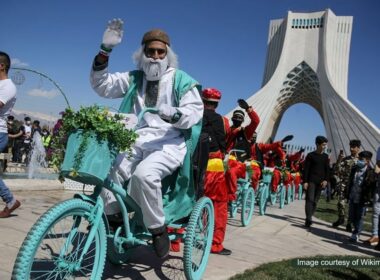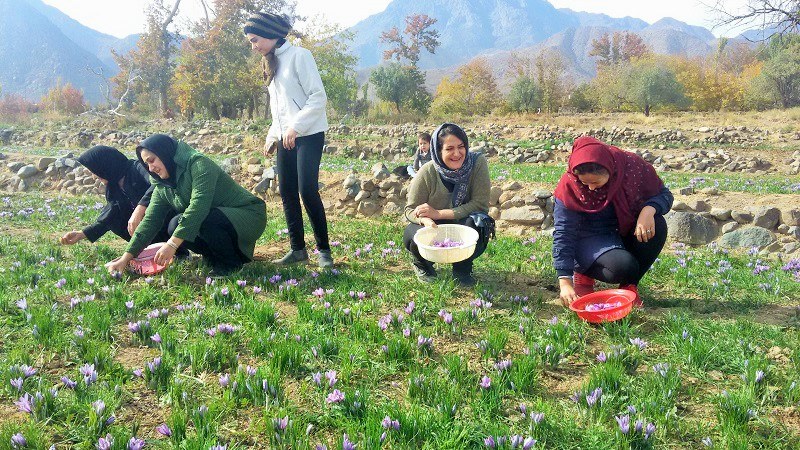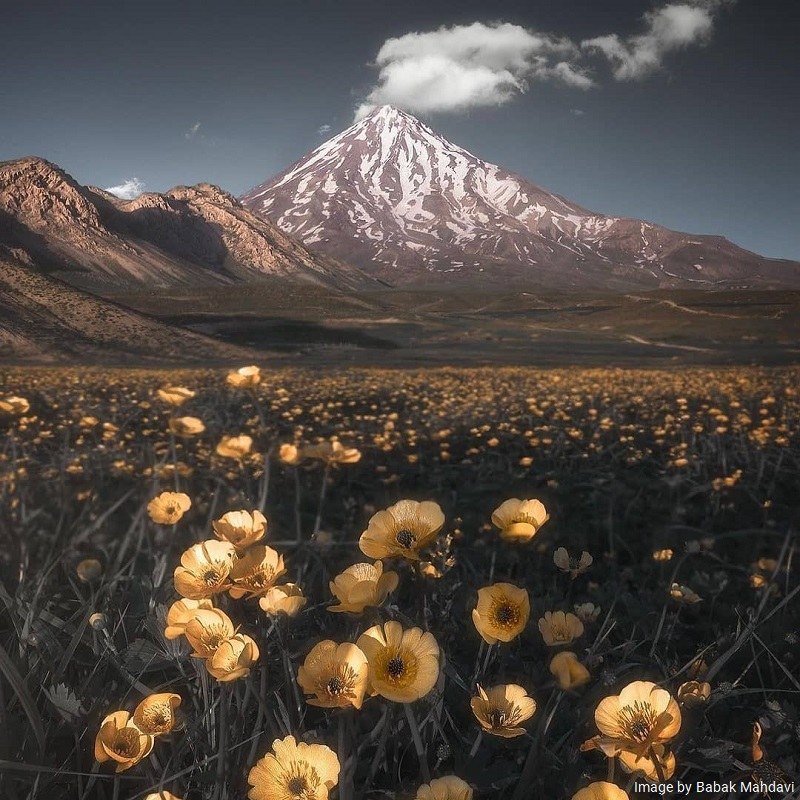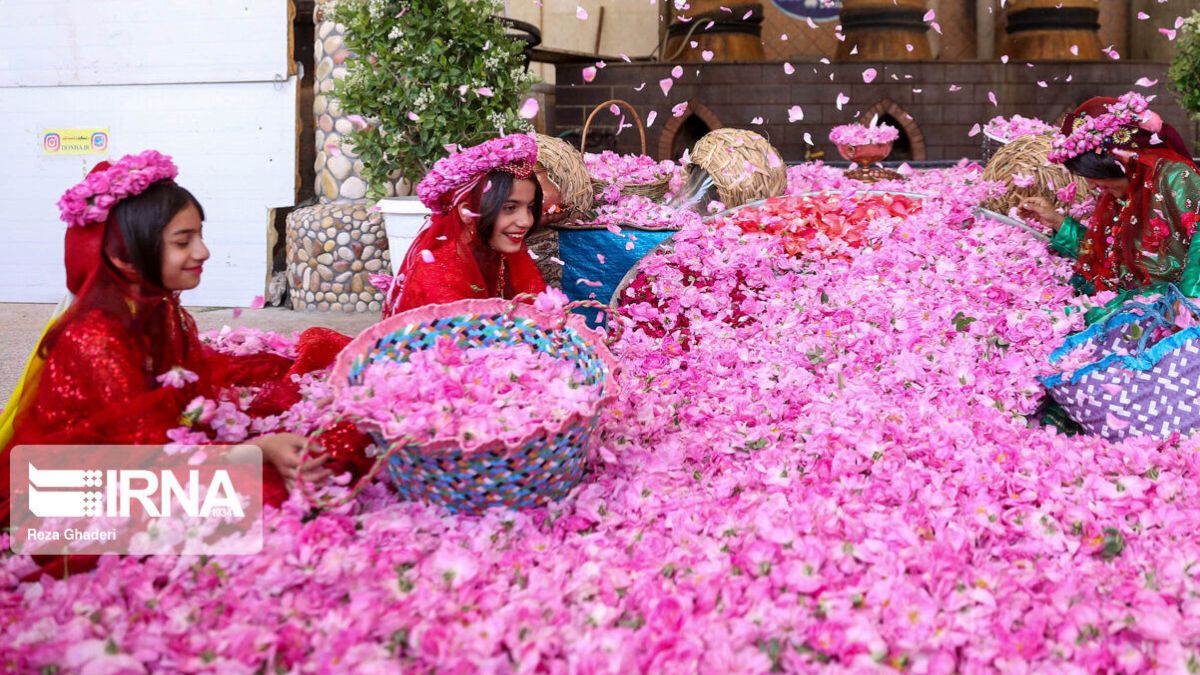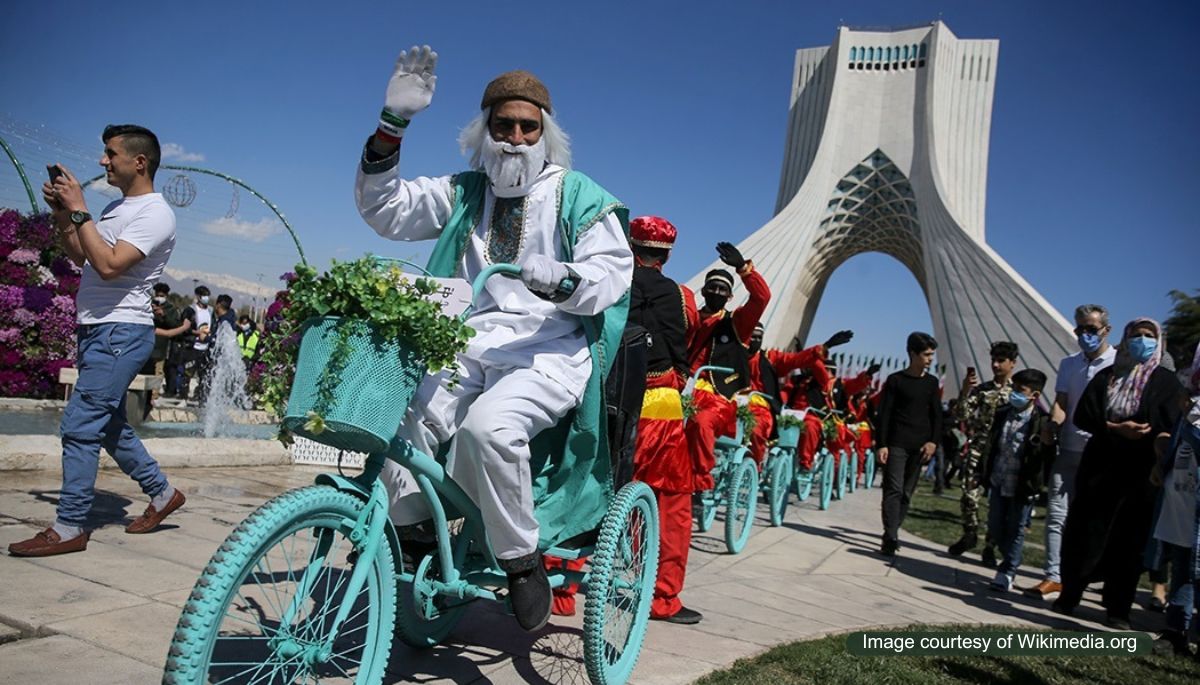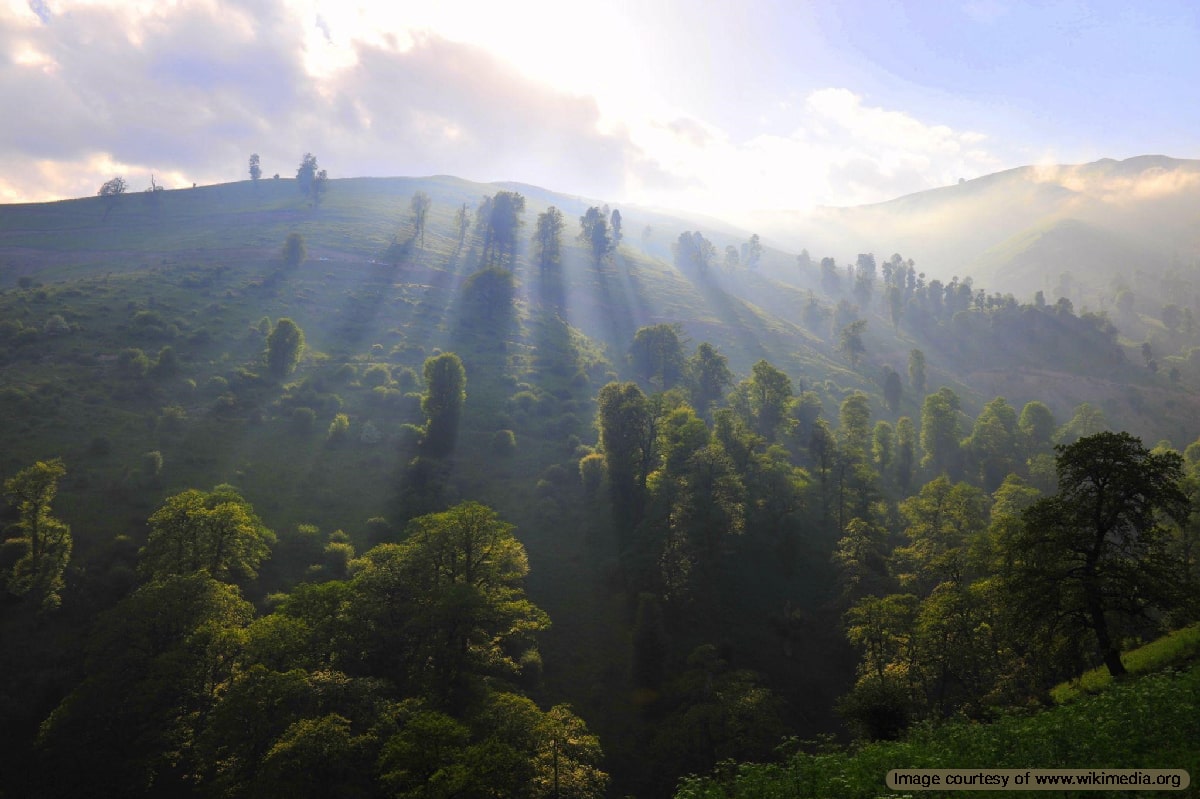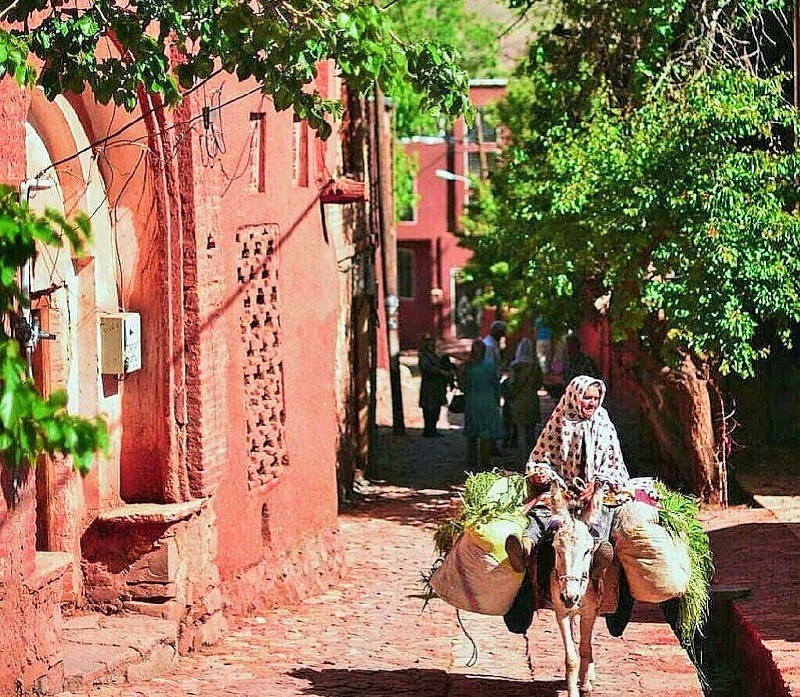
Rural tourism in Iran has been growing in recent years due to domestic and international demands. The variety in types of Iranian villages has created different settings offering various landscapes, products, cultures, handicrafts, etc. This means huge potential for rural tourism in Iran where we have the following types of villages:
- Desert villages
- Mountain villages
- Forest villages
- Shoreline villages
However, before we proceed, let’s focus on what rural tourism means:
Definitions of Rural Tourism
There could be different definitions for rural tourism, but here’s the short form of it:
“It is a kind of tourism that happens in the countryside and focuses on a rural lifestyle, observing it, and actively participating in it.”
On the other hand, as there is more in it, there could be a broader definition, which could explain it as,
“It is any tourism activity that provides a direct experience of rural art, culture, lifestyle, and heritage in the countryside.”
As Iran has got so many different types of terrain and ethnic groups, visitors to the countrysides in Iran will see a wide range of lifestyles, handicrafts, and culture. This will provide a huge opportunity for domestic visitors to learn about their own country. In addition, it provides international visitors with a unique chance of observing and learning about such a vast variety of rural life.
Benefits of Rural Tourism in Iran
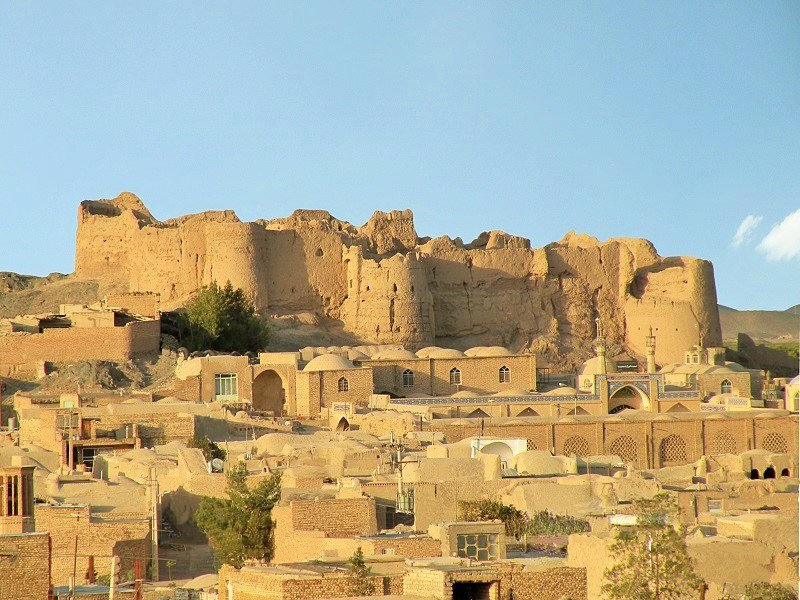
This type of tourism can benefit villages and their inhabitants in various ways. Here are some of the most important ones:
1) It helps rural areas and the local communities economically.
Rural tourism in Iran can support local handicrafts quickly. It can help farmers sell their agricultural and dairy products directly to the consumers. Therefore, it creates more jobs.
With more income, there will be more well-being, health, and prosperity. Villagers can get more benefits from the same technological achievements that city dwellers receive.
2) It enhances rural areas’ infrastructure.
To make transportation more convenient and safe, the governments have to build more and better roads. They have to help the local communities with telecommunication facilities, more efficient sewage systems, better water supplies, etc. This may seem more provision for the visitors, but it is the host community that ultimately takes benefits from them.
A lot of countryside roads have been constructed in Iran during the past few decades. Therefore, a lot of services are already there. Therefore, fewer steps are required to be taken to prepare rural communities to receive guests.
Well-managed rural tourism can help both hosts and visitors to have a more meaningful experience during the encounters or interactions. What is seen is more powerful than the news! The peaceful communities willing to welcome domestic and international travelers could genuinely prove the realities on the ground. Both sides will learn from each other, exchange experiences, etc.
The rural communities can learn more about the benefits and challenges of the urban lifestyle. The urban visitors can learn about the simple yet adequate lifestyle with less hassle. Rural tourism in Iran can provide such interaction.
4) It creates awareness about the value of their heritage.
The dominant idea among Iranian villagers implies that cities are full of values and there is nothing in the villages. Rural tourism can be an eye-opener movement in Iran. The countryside people will learn about the value of their traditions, customs, rituals, beliefs, etc constituting their value sets. In addition, the local fortresses, caravansaries, temples and shrines, mosques, water reservoirs, windcatchers, icehouses, pigeon towers, etc will all start to be known as tourist attractions.
By providing a budget for the restoration of such structures and showcasing the traditions, the government can help the local people learn more about their community values.
5) It helps sustainable developments and responsible tourism in rural areas.
Once more jobs are created in rural areas and local people could have better lifestyles, they will get hold of their values, heritage, communities, etc. They will be more inclined to keep what they have and be proud of them. With some education, they will be more enthusiastic to sustain their inherited agriculture, handicrafts, arts, and culture. They will also be more cautious about their assets such as the environment, tangible and intangible heritage, etc.
6) It promotes more conservation.
Rural tourism in Iran can boost local efforts to truly conserve local assets with more care and passion. Instead of leaving the villages and going to the cities in search of jobs, values, etc, villagers will be more interested in staying and protecting what they have. As a result, the village inhabitants will preserve their natural and cultural attractions.
The environment and wildlife will be better protected. The vegetation and plants will be more cherished and conserved. Also, unnecessary industrialization will be less developed.
7) It prevents rapid urban development.
When rural tourism in Iran creates another source of income for the village dweller, the young people do not have to leave their homes and migrate to the cities for better job opportunities. Therefore, cities do not grow as fast as they have done in the past decades. Young villagers would prefer to stay where they are and serve tourists instead of looking for low-income jobs far from their families.
When city populations do not grow as before, they will not develop more housing and infrastructure to accommodate more people. Therefore, city life will remain more pleasant for city dwellers as rural life will remain more pleasant for village dwellers.
Different Types of Villages in Iran
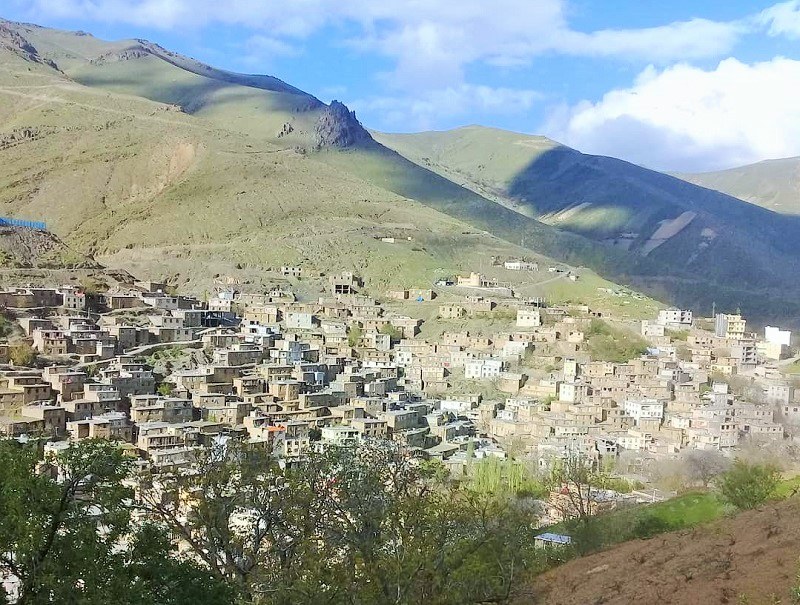
Due to the different climates in Iran, villages have been created differently to match the environmental requirements. Nature and climate have played major roles in the creation of the villages. Therefore, when tourists visit villages in Iran, they soon understand there is not anything called typical Iranian villages.
In desert villages, the houses are generally made of mud and straw on flat terrain. They have thick walls and windcatchers to cool down the temperature inside the houses during the hot months of the year. People have to bring water from the highest mountains nearby by Qanat system. Agriculture is limited, but handicraft making is a more popular source of income.
Rural tourism in such areas of Iran can make visitors familiar with the harsh living conditions of the people dwelling in such places.
In mountain villages, terraced architecture is the dominant style. Houses are built on a hillside, which is less exposed to the cold of winter. The floor of each house is the roof of the house on the lower level. This keeps them warm during winter. Farmers raise animals and produce dairy products and wool for making rugs, etc. Handicraft making is also quite common among mountain villagers.
Rural tourists can learn about the challenges of living in remote places under hard climatical conditions. Also, they can observe the close relations between people and nature.
In forest villages, the people’s houses could be both on the mountainous areas covered by trees or in relatively flat plains. depending on the type of forests, people may use wood, stone, and mortars to build their houses. The inhabitants of such villages produce dairy products, honey, and dried fruits.
The roads to forest villages of these areas need to be more maintained because of the high amount of rain per year. Roads need a lot of maintenance in forest areas of the Caspian Sea forests because of high precipitation.
In shoreline villages, the houses are made to protect against the humidity. Rural tourism in Iranian shoreline villages is very popular among Iranians. The local houses in these areas have roofed balconies and gabled roofs. Generally, they are single or two-story buildings spread horizontally. People are involved mainly in fishing and some agriculture. They produce agricultural products like vegetables and fruits. Some handicrafts are also made, but not on such a large scale.
Rural tourism in Iranian villages by the sea can reveal how thankful to the sea such local people are. They are generally happy people who have fewer challenges compared to desert and mountain villagers. These people are quite open to rural tourism and welcome it wholeheartedly.
Rural Tour Packages in Iran
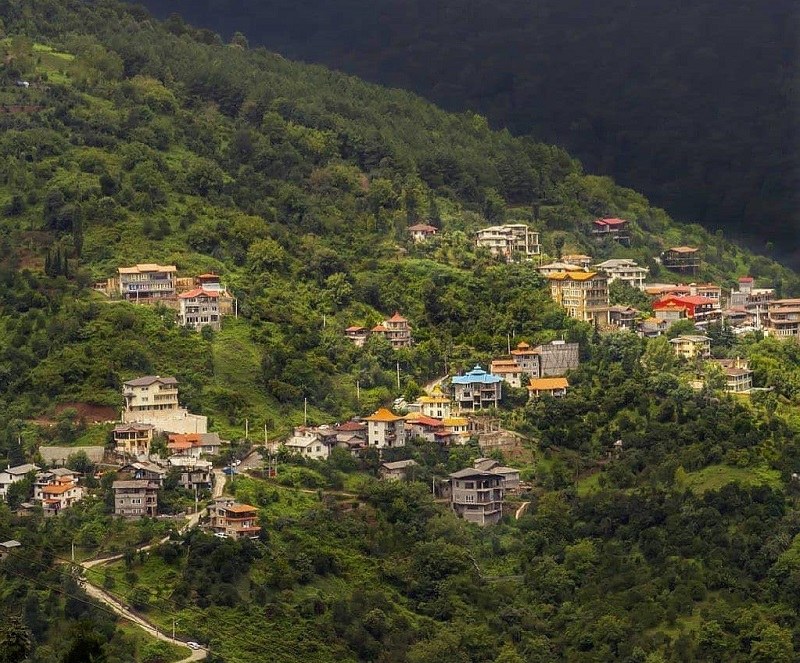
As this type of Iran tourism becomes more popular among Iranians, more and more tour operators offer packages to Iranians. It is very popular among Iranians to visit the countrysides and stay there for a few nights while learning about life there.
On the other hand, there are various types of tour packages to Iran offered by Iranian tour operators. They used to be mainly cultural tours and heritage tours, but there are more diverse tours to Iran for international travelers, including rural tour packages.
The Iranian Ministry of Cultural Heritage, Tourism and Handicraft Organization has also decided to promote rural tourism within its sustainable tourism plan. As of today in 2020, the ministry has announced approximately 500 plans for rural tourism in Iran. To achieve the development of this type of tourism, the ministry has allocated some budget to the development of these plans too.
Also, the United Nations World Tourism Organization (UNWTO), has designated 2020 as the “Year of Tourism & Rural Development“. It is to make sure more jobs and opportunities are created for the people.
You can check out some of the best Iran tours here!



